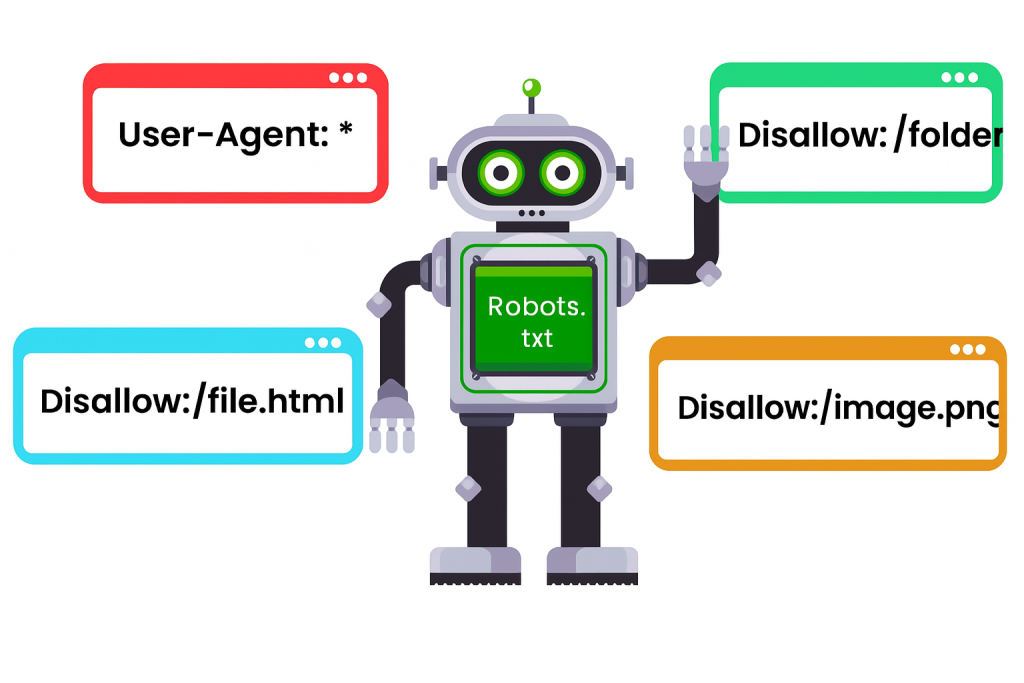The ability to rise in organic search depends on more than keywords and technical specs. At the center of digital content performance lies the power of semantics. Semantic decisions shape how search engines understand context, categorize information, and determine relevance. While older SEO models relied heavily on keyword density and backlinks, modern indexing prioritizes relationships, language patterns, and structured intent across an entire digital footprint.
Brands that understand how to craft semantically meaningful content will gain a crucial advantage in competitive verticals. Platforms like Webdev200 recognize that indexability is no longer about stuffing terms but instead about meaning, layout, and alignment with user experience. Semantic relevance elevates indexing opportunities by giving crawlers a stronger signal map to assess authority, completeness, and contextual value.
This blog breaks down the impact of semantic precision and how it translates into indexable assets that rank and convert. With structural content decisions that work across technical and linguistic boundaries, the future of SEO lies not in repeating keywords but in embedding intelligent meaning.
Structured Layers in Semantic Planning

Semantic planning involves layering contextual logic into every part of a webpage. From H1 tags to paragraph depth, structure must reflect hierarchy and thematic clarity. Without structure, crawlers fail to recognize content boundaries or identify signal strength from one page to the next. When search engines encounter unstructured bodies of text, they are forced to guess topic relevance which results in lower indexing fidelity.
Proper architecture includes optimized headers, consistent internal taxonomy, and topic clustering. Headers act as signposts that guide both users and crawlers through segmented information zones. In well-executed layouts, each header adds value and narrows the content scope, making the page easier to categorize.
Semantic layering also supports content chunking. This makes long-form articles easier to scan while simultaneously flagging subthemes for search engines. When supported by metadata and schema, semantic layers reinforce page depth without bloating load time or introducing friction.
Crawlability improves when structured layers exist in a logical sequence. As Google’s algorithms continue to evolve toward contextual understanding over basic indexing, structure becomes more critical than ever. Brands that invest in layering strategies experience higher crawl rates, better ranking signals, and longer time-on-page metrics.
Keyword Mapping Across Topic Architecture
Keyword mapping within semantic architecture allows search engines to recognize primary and secondary topic relationships. Rather than repeating a core phrase throughout a page, SEO-optimized content now integrates variations and thematic pairings that demonstrate language sophistication. Mapping ensures that each section of content is aligned with a unique concept tied back to the central search goal.
The use of keyword clusters helps define pillar content from supporting content. This not only builds semantic authority but also deepens the contextual net that search engines rely on for categorization. Proper keyword mapping includes synonyms, long-tail variations, and associated terms relevant to user queries.
For example, the term “onpage optimization” gains strength when paired with phrases like “crawlability” and “structured content.” This layered mapping creates thematic density without repetition. It signals to Google that the content reflects natural language use and answers a spectrum of search intent types.
Keyword mapping also supports site-wide consistency. Webdev200 projects often include scalable content templates that preserve keyword architecture across multiple pages. When keyword relationships are mirrored in page design, blog copy, and metadata, overall domain authority increases. This enables new pages to gain ranking traction faster and broadens the site’s indexable footprint.
Contextual Precision in Content Signals

Every word on a page contributes to the semantic fingerprint that search engines use to interpret meaning. This is why contextual precision is more than a language preference, it’s an indexing advantage. When content includes fluff, vague transitions, or duplicated phrasing, it reduces trust in the page’s ability to answer a search question accurately.
Search engines like Google use semantic signals such as co-occurrence, sentiment flow, and term adjacency to gauge intent and authority. Pages with high contextual precision will rank higher not because of more links or longer content, but because of clearer messaging that supports a specific user objective.
Contextual precision requires anticipating the semantic environment of a topic. For instance, when writing about “structured content,” the inclusion of terms like “schema markup,” “content hierarchy,” and “semantic layout” reinforces thematic cohesion. This makes the page more indexable and encourages better performance in related searches.
Precision also reduces ambiguity. Pages that try to rank for broad terms without narrowing the scope often get lost in competition. By focusing on tight semantic groupings and removing unrelated tangents, SEO practitioners create cleaner content paths that algorithms can confidently catalog and serve to users.
Entity Relationships and Semantic Clusters
Entity relationships are the foundational blocks of modern search logic. Entities represent real-world concepts such as people, organizations, topics, and attributes. Search engines map relationships between entities to determine subject matter expertise and topical authority. Semantic clusters form when a website connects multiple pieces of content that address various angles of the same core theme.
Webdev200 frequently deploys entity-driven strategies to strengthen topic clusters. For example, a series of articles covering user experience might include focused pieces on mobile responsiveness, accessibility, and user psychology. Together, they form a cluster that reinforces authority on UX and improves visibility across a wider range of related searches.
By organizing content around semantic clusters, websites become more indexable at both the page and domain level. Clusters help eliminate orphan pages, encourage internal linking, and support funnel-based content discovery. They also signal depth and trustworthiness, which are major ranking factors.
Entity markup, such as schema.org tags, can be used to reinforce semantic associations. These tags define the purpose and type of content for crawlers. When paired with high-quality writing and logical linking patterns, they improve knowledge graph alignment and increase the chances of earning rich results in SERPs.
Search engines no longer rely solely on keywords to understand relevance. Instead, they assess how well a site represents a topic in its entirety. Semantic clusters are the bridge between fragmented SEO tactics and cohesive topical authority.
Indexation Signals in Technical Harmony

Indexation is influenced by a combination of semantic strength and technical integrity. Even the most meaningful content will struggle to rank if it lacks crawl support or encounters rendering issues. Indexability begins at the intersection of design, development, and content strategy.
Technical indicators such as load speed, mobile optimization, and canonical tags play a critical role in supporting semantic signals. Webdev200 integrates semantic markup into site templates during early-stage development to ensure that structural meaning is preserved post-launch.
Robots.txt files, XML sitemaps, and link architecture all affect how well semantic content gets indexed. If a page is semantically rich but excluded from sitemaps or lacks crawl priority, its performance will stall. This is why the indexation strategy must be holistic. It requires collaboration between content teams and developers to align goals.
Improper redirects, duplicate content, or thin pages disrupt indexation and lower site authority. By contrast, clean URLs, responsive layouts, and logical folder structures support consistent indexing outcomes. When search engines encounter semantically rich content with clean delivery, they reward it with higher visibility.
Semantic indexing also benefits from freshness signals. Regular content updates, structured archives, and dynamic linking systems keep existing content relevant while introducing new signals. This increases the crawl frequency and expands the content’s shelf life in organic results.
Closing Perspective on Semantic Indexing
Semantic SEO is not a trend but a necessity. As search engines grow more intelligent, the margin for content ambiguity shrinks. Pages that deliver clear semantic value, support contextual integrity, and demonstrate subject depth will continue to outperform those that rely on legacy tactics.
Webdev200 continues to evolve its strategies by prioritizing semantic indexing across design, copywriting, and platform development. Through structured hierarchy, keyword mapping, contextual clarity, entity clustering, and technical harmony, indexability becomes more than a hope, it becomes an engineered result.
Search visibility is no longer just about content creation. It’s about crafting, meaning that machines and humans can both understand. The path forward lies in building environments where content speaks clearly, structure supports discovery, and every element has purpose. That’s how semantic choices drive indexability and long-term search success.

